Understanding car parts is crucial for any vehicle owner or enthusiast. This article aims to demystify the components that keep your car running, from their basic functions to maintenance tips. Whether you’re a seasoned mechanic or a curious driver, this guide will provide valuable insights into the world of car parts.
Table of Contents:
– What are car parts?
– The function of car parts
– Choosing the right car parts
– The lifespan of car parts
– Replacing car parts
– The cost of car parts
What are car parts?
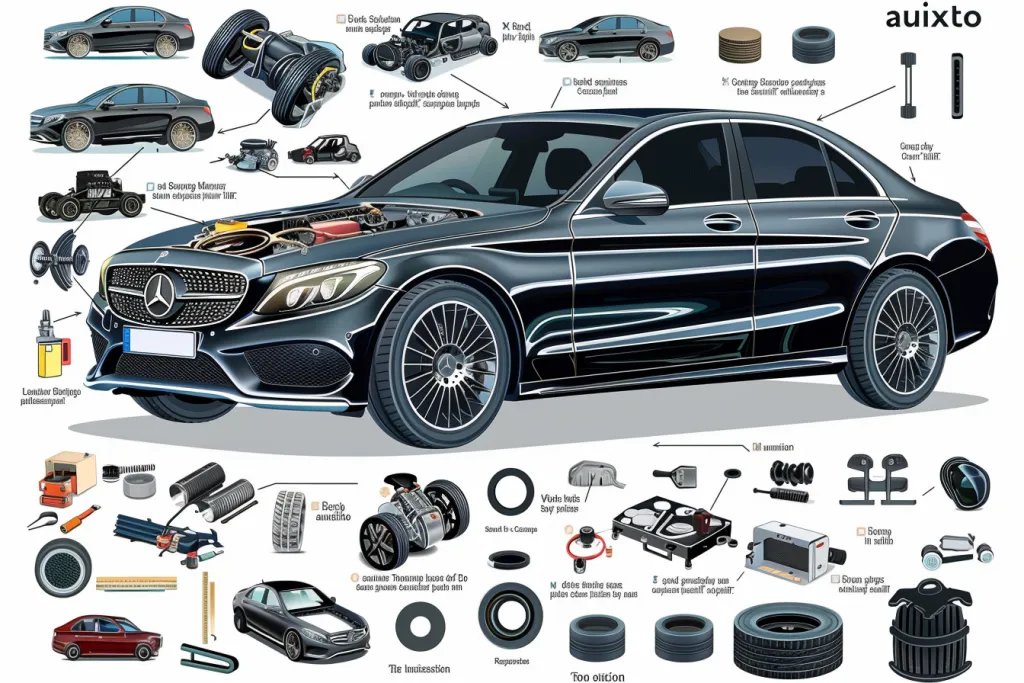
Car parts encompass all the components and accessories that make up a vehicle’s system, ranging from the engine and transmission to the brakes and suspension. Each part plays a crucial role in the vehicle’s performance, safety, and efficiency. Understanding the various car parts and their functions is essential for proper maintenance and troubleshooting.
The function of car parts

Car parts work together to ensure smooth and safe operation. For instance, the engine generates power, the transmission delivers that power to the wheels, and the brakes ensure the vehicle can stop safely. Meanwhile, the suspension system provides stability and comfort by absorbing shocks from the road. Each part’s performance is vital for the overall functionality of the vehicle.
Choosing the right car parts
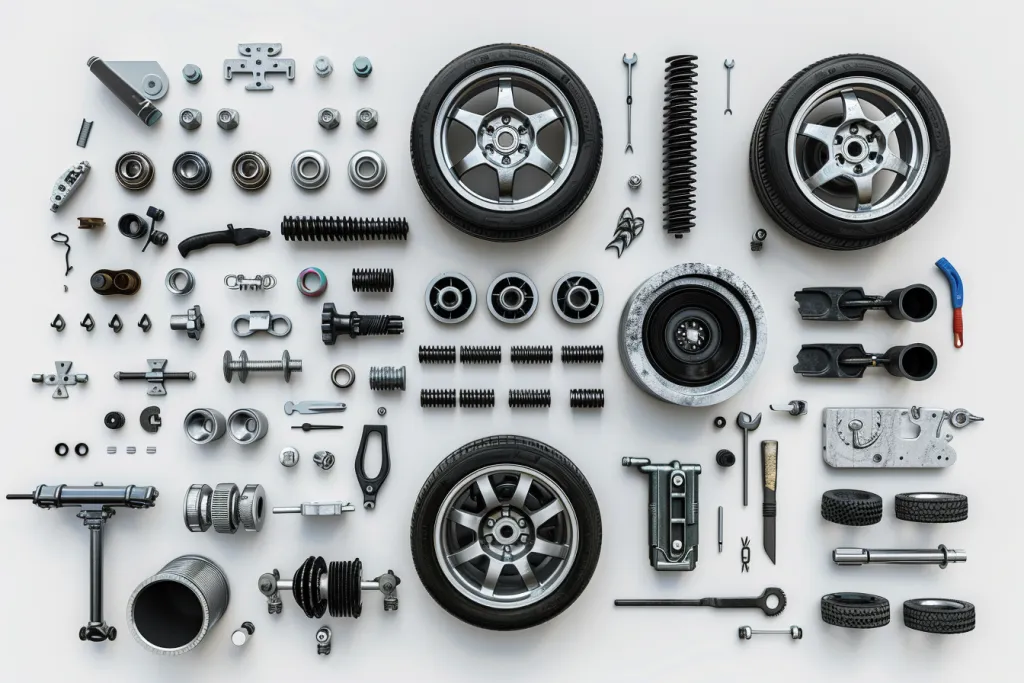
Selecting the right car parts can be daunting due to the myriad of options available. It’s important to consider the compatibility with your vehicle, the quality of the parts, and the reputation of the manufacturer. Opting for parts that meet or exceed the original equipment manufacturer (OEM) specifications can ensure reliability and longevity. Additionally, consulting a trusted mechanic or utilizing online resources can aid in making an informed decision.
The lifespan of car parts
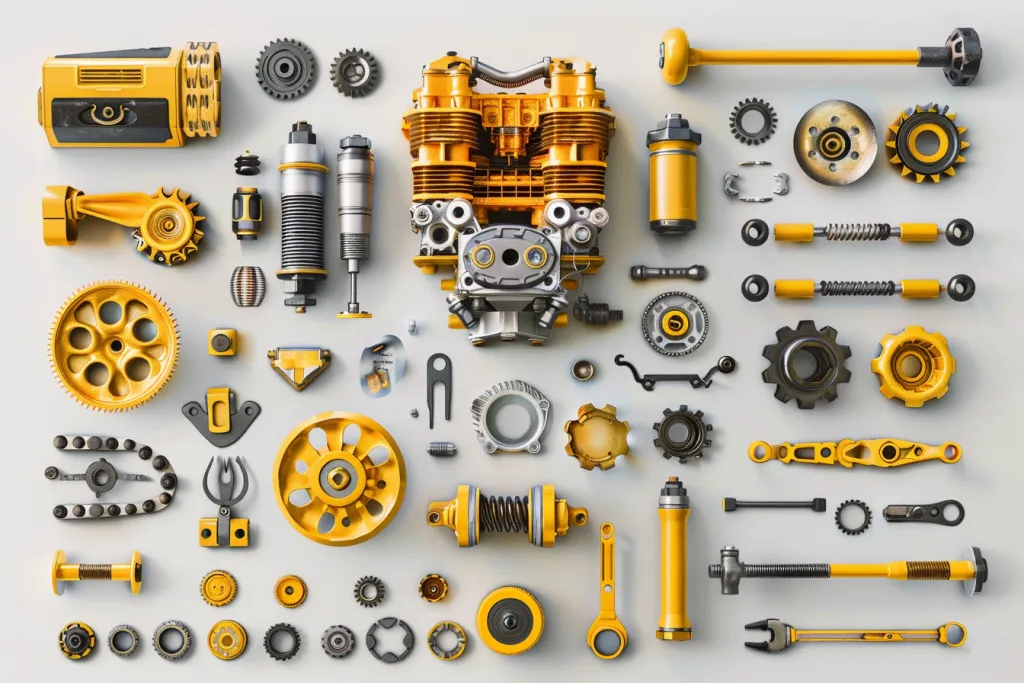
The lifespan of car parts varies widely depending on the component, usage, and maintenance. Regularly serviced parts tend to last longer and perform better. For example, engine oil and filters should be changed according to the manufacturer’s recommendations, while brake pads and tires need to be monitored for wear and replaced as necessary. Being proactive about maintenance can significantly extend the life of car parts.
Replacing car parts
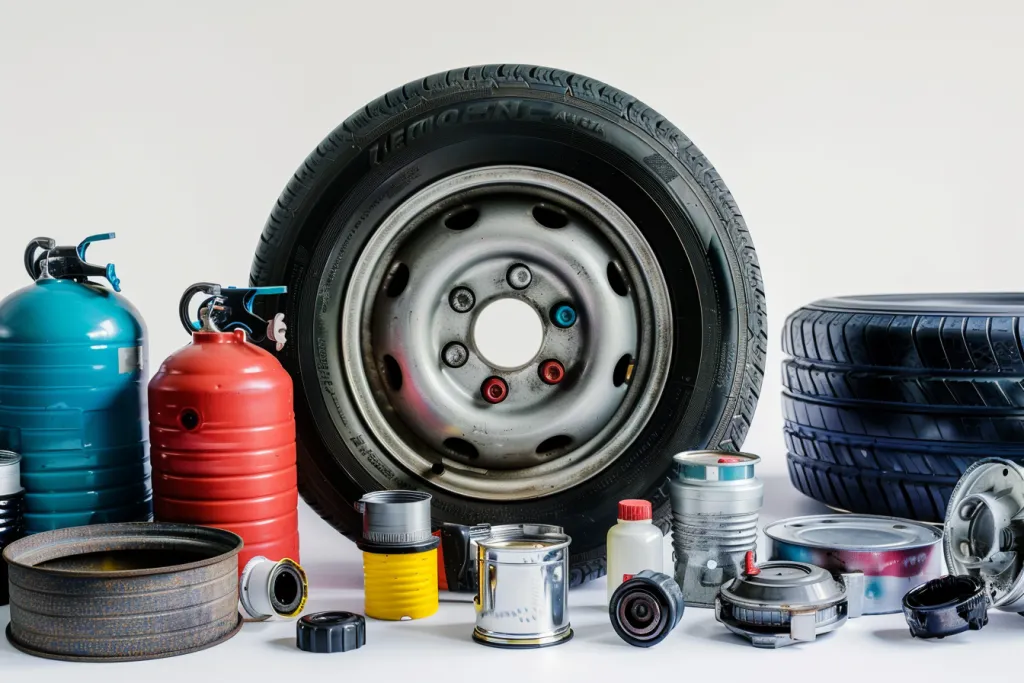
Replacing car parts is a routine part of vehicle maintenance and repair. Some replacements, like changing the oil or air filters, can be easily done at home with basic tools and knowledge. However, more complex tasks, such as replacing the transmission or suspension components, may require professional assistance. Following the manufacturer’s guidelines and using the correct tools and parts is crucial for a successful replacement.
The cost of car parts
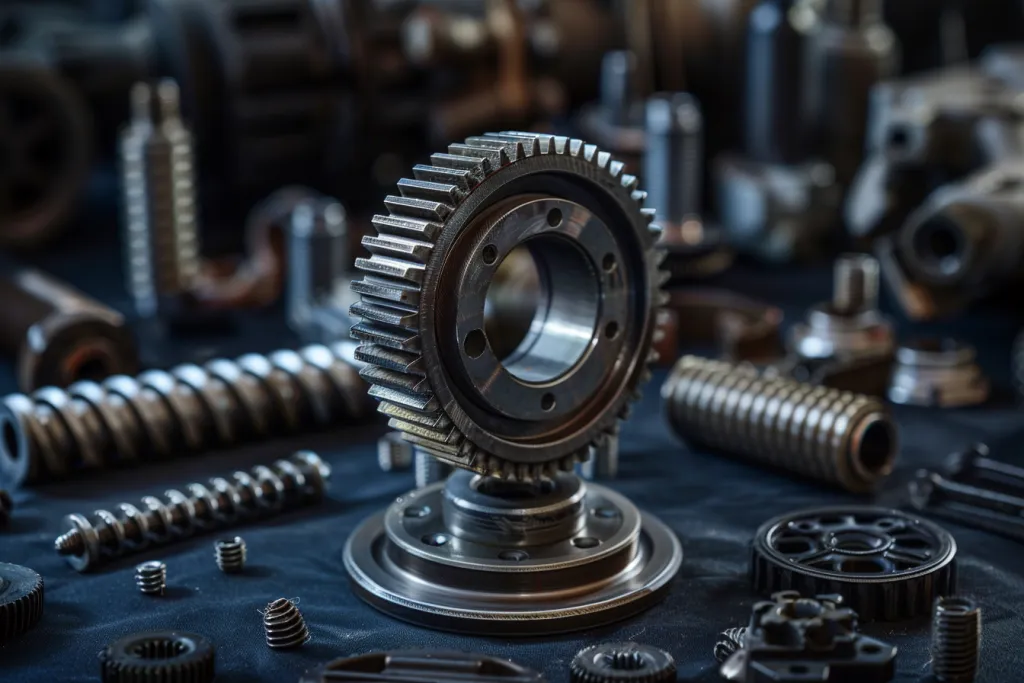
The cost of car parts can vary greatly depending on the type, brand, and source. OEM parts are generally more expensive but offer assurance of quality and compatibility. Aftermarket parts can be more affordable and offer a wider range of options, but it’s important to research and ensure they meet safety and performance standards. Balancing cost with quality and reliability is key when purchasing car parts.
Conclusion:
Car parts are the building blocks of your vehicle’s operation and performance. Understanding their functions, how to choose and maintain them, and knowing when and how to replace them are essential skills for any car owner. By investing time in learning about car parts, you can ensure your vehicle runs smoothly, safely, and efficiently for years to come.



